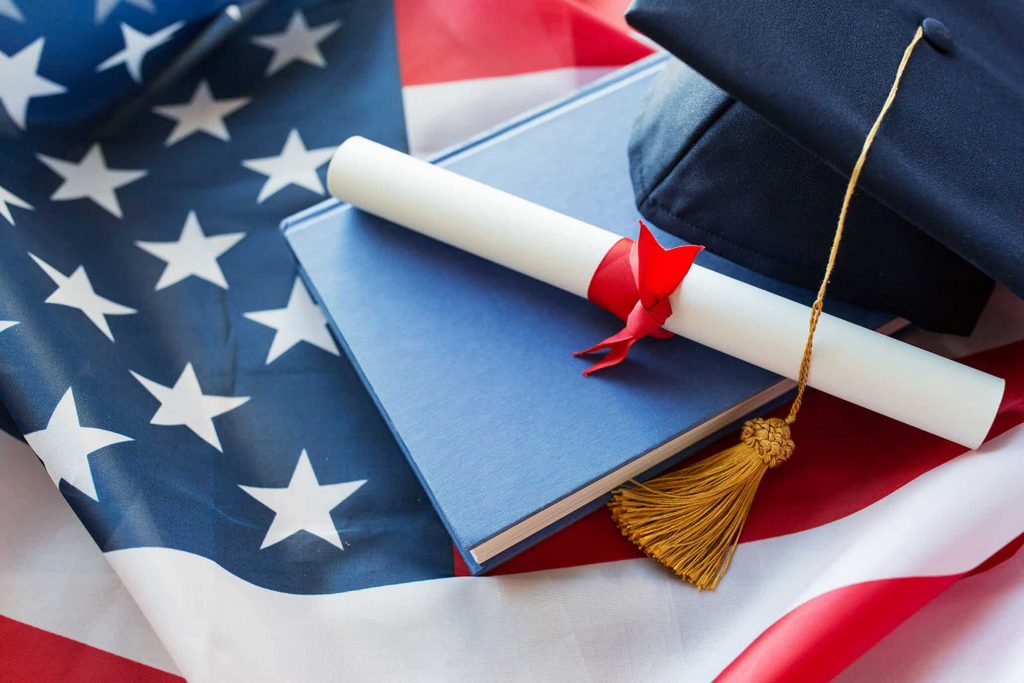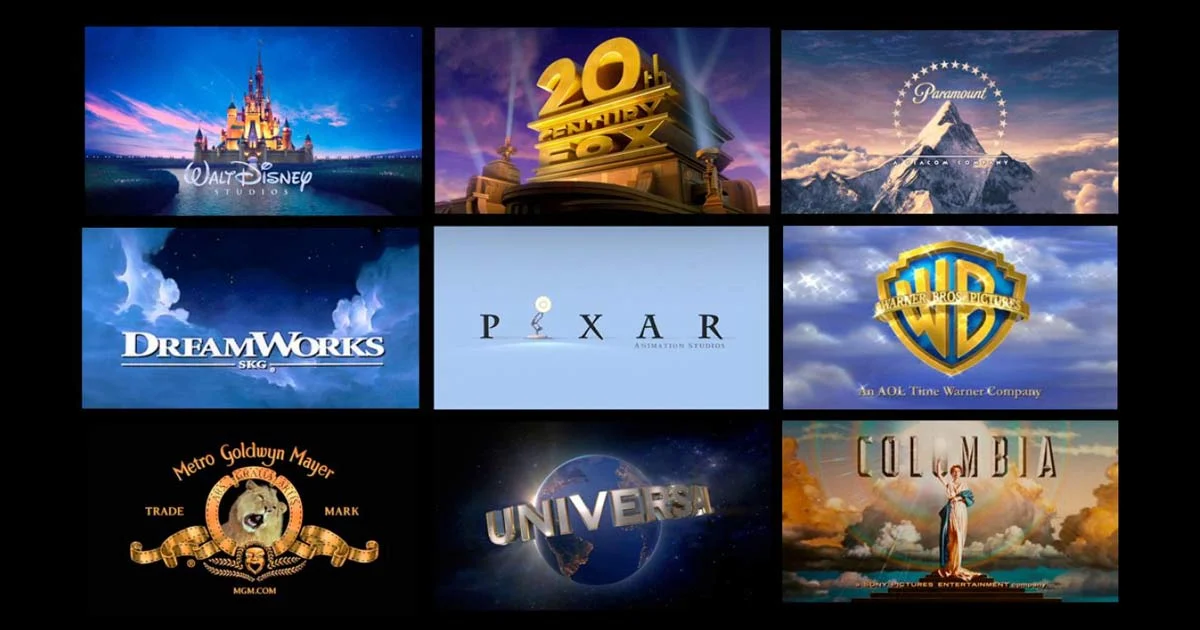
In the United States, higher education is an optional stage of formal learning following secondary education. It is also referred as post-secondary education, third-stage, third-level, or tertiary education. It covers stages 5 to 8 on the International ISCED 2011 scale. It is delivered at 4,360 Title IV degree-granting institutions, known as colleges or universities. These may be public or private universities, research universities, liberal arts colleges, community colleges, or for-profit colleges. US higher education is loosely regulated by the government and by several third-party organizations.
There is a clear hierarchy of colleges and universities in the US, with the most selective institutions (e.g., Ivy League schools) at the top and the least selective institutions (e.g., community colleges) at the bottom. White supremacy and academic profit-seeking have played major roles in this stratification.
Attending college has been thought of as "a rite of passage" to which the American Dream is deeply embedded. However, there is a growing skepticism of higher education in the US and its value to consumers.
In 2022, about 16 million students—9.6 million women and 6.6 million men—enrolled in degree-granting colleges and universities in the US. Of the enrolled students, 45.8% enrolled in a four-year public institution, 27.8% in a four-year private institution, and 26.4% in a two-year public institution. College enrollment has declined every year since a peak in 2010–2011 and is projected to continue declining or be stagnant for the next two decades.
Strong research funding helped elite American universities dominate global rankings in the early 21st century, making them attractive to international students, professors and researchers. The US higher education system is also unique in its investment in highly competitive NCAA sports, particularly in American football and basketball, with large sports stadiums and arenas adorning its campuses and bringing in billions in revenue.
21st century
Changing technology, mergers and closings, and politics have resulted in dramatic changes in US higher education during the 21st century.
In 2020, when the COVID-19 pandemic upended regular campus life forcing students to take online classes at home, more than 100 colleges, both public and private have been sued for tuition refunds, making many of them to reopen their campuses.
Online education: MOOCs and OPMs
Online education has grown in the early 21st century. More than 6.3 million students in the US took at least one online course in fall 2016. While online attendance has increased, confidence among chief academic officers has decreased from 70.8 percent in 2015 to 63.3 percent in 2016. In 2017, about 15% of all students attended exclusively online, and competition for online students has been increasing
By 2018, more than one hundred short-term coding bootcamps existed in the US. Programs were available at Harvard University's extension school and the extension schools at Georgia Tech, University of Pennsylvania, Cal Berkeley, Northwestern, UCLA, University of North Carolina, University of Texas, George Washington, Vanderbilt University, and Rutgers through Trilogy Education Services.
In 2019, researchers employed by George Mason University claimed that online education had "contributed to increasing gaps in educational success across socioeconomic groups while failing to improve affordability".
A MOOC is a massive open online course aimed at unlimited participation and open access via the web. It became popular in 2010–14. In addition to traditional course materials such as filmed lectures, readings, and problem sets, many MOOCs provide interactive user forums to support community interactions between students, professors, and teaching assistants.[56] Robert Zemsky (2014), of the University of Pennsylvania Graduate School of Education notes that they at first seemed to be an extremely inexpensive method of bringing top teachers at low cost directly to students. However, very few students—usually under 5%—were able to finish a MOOC course. He argues that they have passed their peak: "They came; they conquered very little; and now they face substantially diminished prospects." In 2019, researchers at MIT found that MOOCs had completion rates of 3 percent and that the number of people taking these courses has been declining since 2012–13.[58]
Online programs for many universities are often managed by privately owned companies called online program managers or OPMs. The OPMs include 2U, Academic Partnerships, Noodle, and iDesign. Trace Urdan, managing director at Tyton Partners, "estimates that the market for OPMs and related services will be worth nearly $8 billion by 2020."
In 2023, the US Department of Education announced that OPMs would be subject to greater oversight, to include audits. Higher education institutions would be required to report details about their agreements with OPMs by May 1, 2023.
Edtech expert Phil Hill recently said that the OPM model is now "on life support."
Financial difficulties, mergers and downsizing
Hundreds of colleges are expected to close or merge, according to research from Ernst & Young.[62] The US Department of Education publishes a monthly list of campus and learning site closings. Typically there are 300 to 1000 closings per year. Notable college closings include for-profit Corinthian Colleges (2015), ITT Technical Institute (2016), Brightwood College and Virginia College (2018). Private college closings include Wheelock College (2018) and Green Mountain College (2019).
In December 2017, Moody's credit rating agency downgraded the US higher education outlook from stable to negative, "citing financial strains at both public and private four-year institutions." In June 2018, Moody's released data on declining college enrollments and constraints, noting that tuition pricing would suppress tuition revenue growth.
Other businesses related to higher education have also had financial difficulties. In May 2019, two academic publishers, Cengage and McGraw Hill, merged.
In 2020, higher education lost 650,000 jobs or about 13 percent of the workforce amid the COVID-19 pandemic, despite an infusion of federal funds. The number of US postsecondary institutions receiving Title IV funding has dropped from 7,253 in 2012–2013 to 5,916 in 2020–2021.
Class privilege and the growth of the educated underclass
Social class has a profound influence on higher education. Undergraduates at elite universities have a substantial advantage if their parents also went to a particular college.[73] Educator Gary Roth, a left-wing writer, has argued that with fewer good jobs for graduates, the US has been producing an "educated underclass." While upward social mobility continues to be available for immigrants and first generation people, the route to upward social mobility is more complicated for people from families that have been in the US longer.
Protests, political clashes, and the growth of right-wing politics
The growth of power among right wing groups has been apparent since the mid-2010s. Turning Point USA (TPUS), now the most dominant conservative presence on US campuses, has clubs at more than 2500 college campuses. Charlie Kirk, its founder, also took over Students for Trump in 2019.
The Chronicle of Higher Education has documented groups such as the Groypers who have infiltrated conservative organizations on campus.
Student protests and clashes between left and right appeared on several US campuses in 2017. On August 11, 2017, white nationalists and members of the alt-right rallied at the University of Virginia, protesting the removal of a statue of Robert E. Lee. The following day, one person died during protests in Charlottesville. Following this event, speaking engagements by Richard Spencer were canceled at Texas A&M University and the University of Florida.

Major film studios are production and distribution companies that release a substantial number of films annually and consistently command a significant share of box office revenue in a given market. In the American and international markets, the major film studios, often known simply as the majors or the Big Five studios, are commonly regarded as the five diversified media conglomerates whose various film production and distribution subsidiaries collectively command approximately 80 to 85% of U.S. box office revenue.[1][2][3][4] The term may also be applied more specifically to the primary motion picture business subsidiary of each respective conglomerate.[2]
Since the dawn of filmmaking, the U.S. major film studios have dominated both American cinema and the global film industry.[5][6] U.S. studios have benefited from a strong first-mover advantage in that they were the first to industrialize filmmaking and master the art of mass-producing and distributing high-quality films with broad cross-cultural appeal.[7] Today, the Big Five majors – Universal Pictures, Paramount Pictures, Warner Bros. Pictures, Walt Disney Studios, and Sony Pictures – routinely distribute hundreds of films every year into all significant international markets (that is, where discretionary income is high enough for consumers to afford to watch films). The majors enjoy "significant internal economies of scale" from their "extensive and efficient [distribution] infrastructure",[8] while it is "nearly impossible" for a film to reach a broad international theatrical audience without being first picked up by one of the majors for distribution.[4] Today, all the Big Five major studios are also members of the Motion Picture Association (MPA) and Alliance of Motion Picture and Television Producers (AMPTP).

